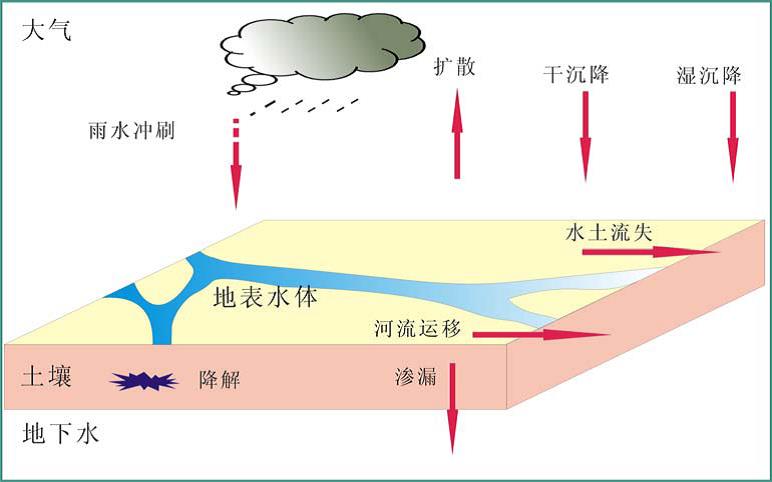Source Apportionment and Accumulation Mechanisms of Novel Brominated Flame Retardants (NBFRs) in Urban Soils and Sediments
[National Natural Science Foundation of China (NSFC) General Program]
This study addresses the environmental challenges posed by alternative/novel brominated flame retardants (A/NBFRs) by resolving their sources and accumulation mechanisms in urban soils and sediments. Combining a chemical mass balance (CMB) receptor model with source fingerprint similarity analysis, the research identifies and quantifies contamination sources of A/NBFRs while investigating their organic matter-mediated adsorption and sequestration processes. By analyzing source contributions, spatial accumulation patterns, and environmental fate (e.g., degradation, leaching), the project quantifies A/NBFR inventories in surface soils/sediments and develops a predictive model linking urbanization intensity to organic pollutant loads. These findings provide critical data for urban geochemical process studies and evidence-based strategies to mitigate persistent organic pollution in rapidly developing regions.
 Figure: Schematic diagram of environmental processes influencing A/NBFR accumulation in soils and sediments
Figure: Schematic diagram of environmental processes influencing A/NBFR accumulation in soils and sediments
Principal Investigator:
Prof. Honggang Ni
Duration: January 2011 – December 2013